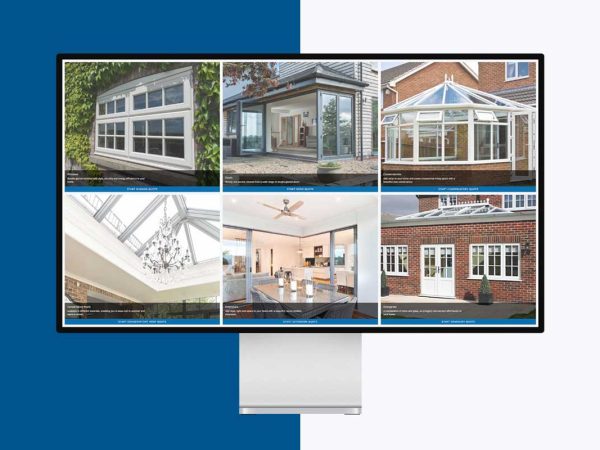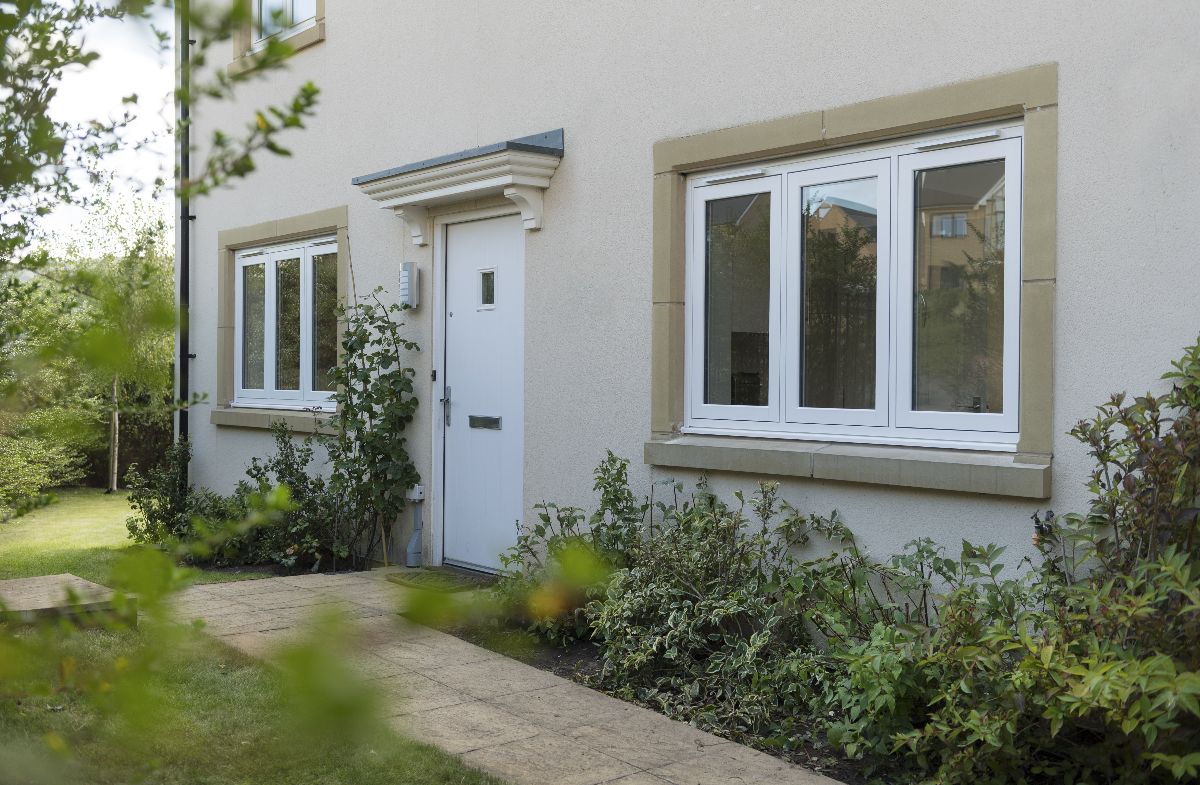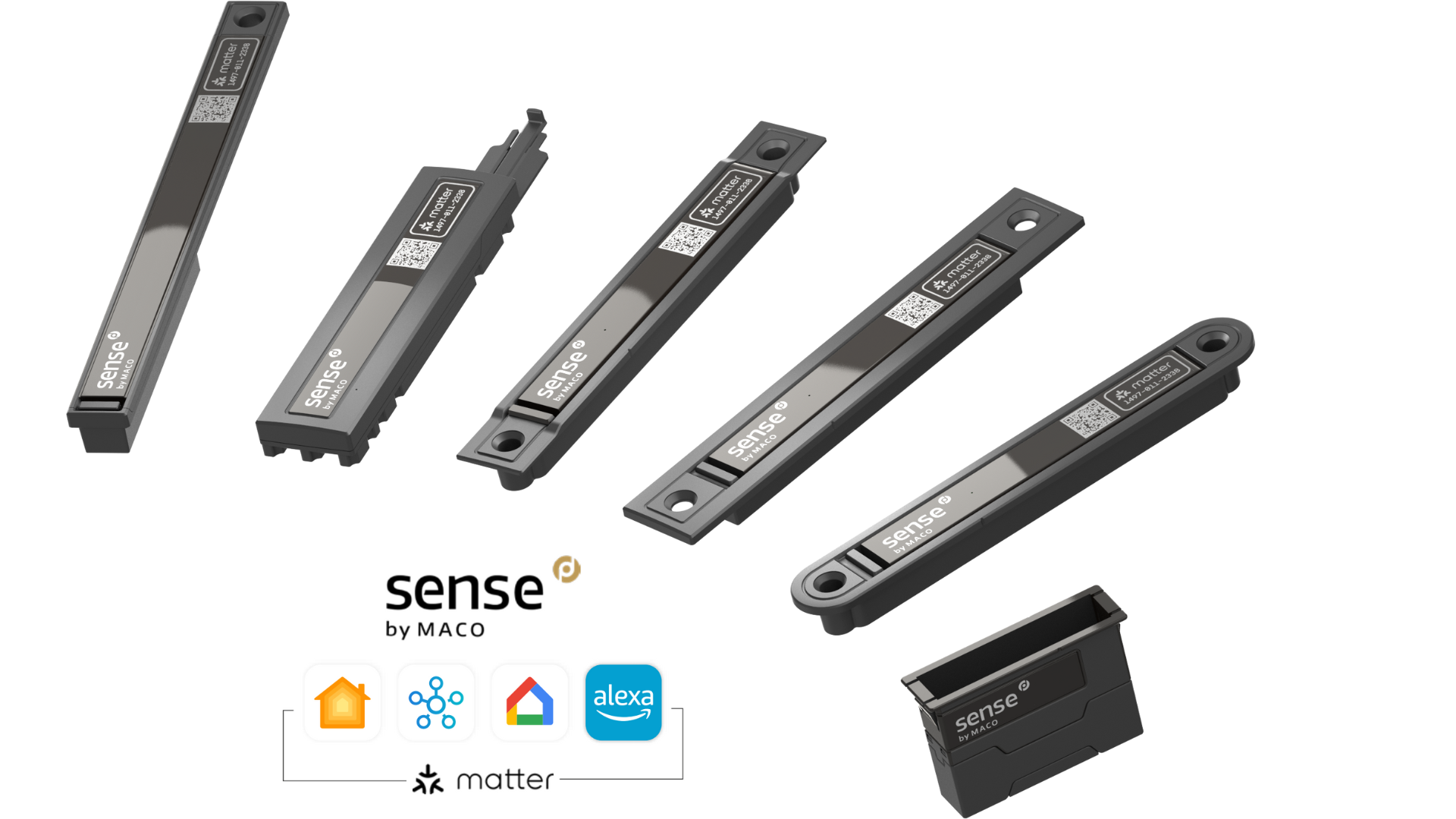Toughened and Laminated Glass
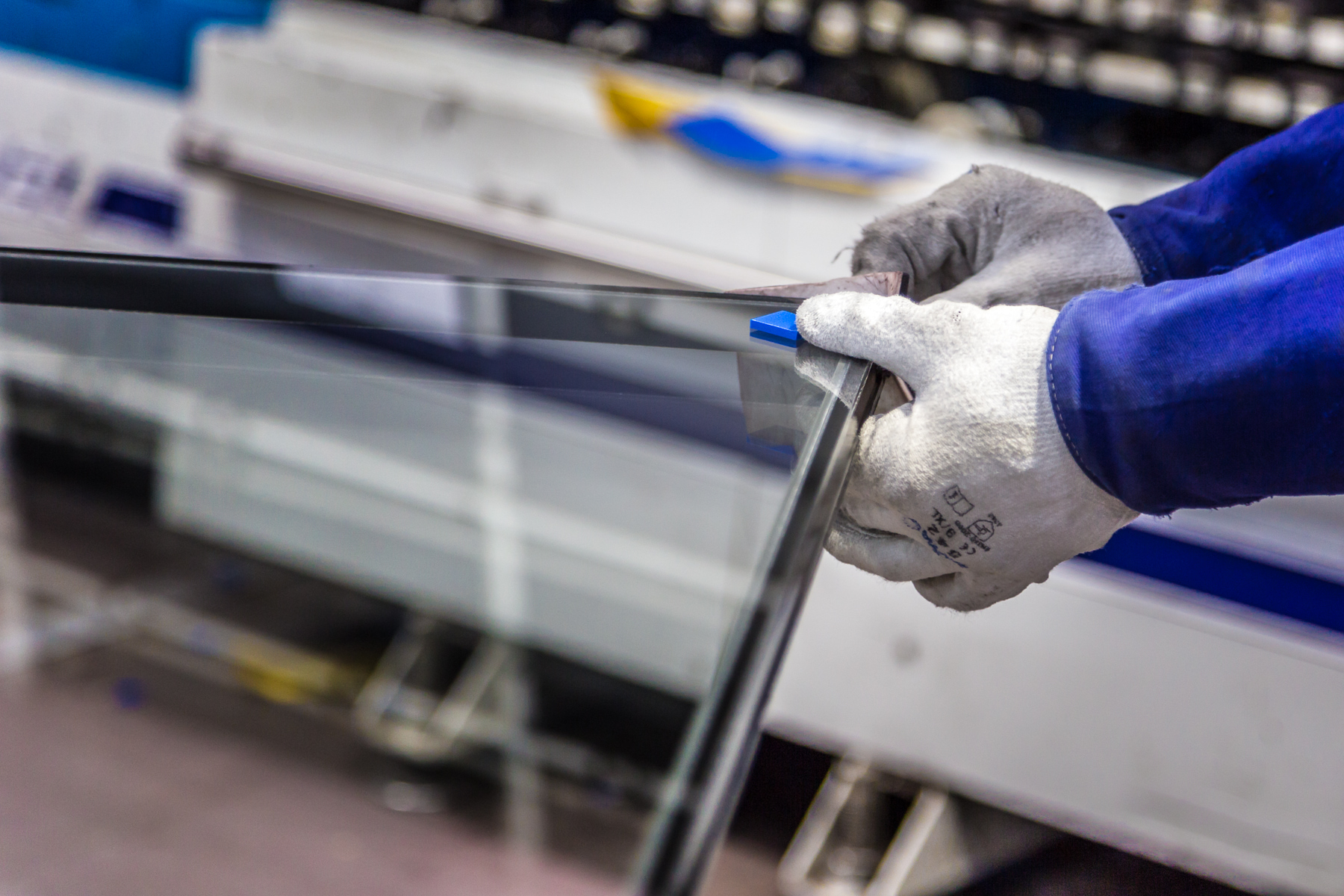
Toughened or Laminated Glass, Which One Should I Use?
Toughened and laminated glass are both called safety glass but are actually very different types of glass. But which one is right for which circumstance?
What Is Toughened Glass?
Toughened glass, sometimes referred to as “tempered“ or “safety glass”, is very simply a stronger version of the standard glass that is used in most windows around the home. It is used in areas where greater strength or safety is needed, for example, in doors, windows near doors or windows at low levels.
To create toughened glass, standard “annealed” or “float” glass is heated in a furnace to around 650°C and then rapidly cooled. This controlled heating and cooling process changes the structure of the glass, making it up to four times stronger than standard glass. It also changes how it breaks: instead of forming large, sharp shards, toughened glass shatters into many small, blunt fragments roughly the size of a fingernail, greatly reducing the risk of injury.
Because of this safety feature, toughened glass is ideal for vulnerable areas such as patio doors, shower screens, and low-level glazing. The normal thickness of toughened glass is 4mm the same as standard glass and in a double-glazed unit, both panes are typically toughened glass, providing strength inside and out.
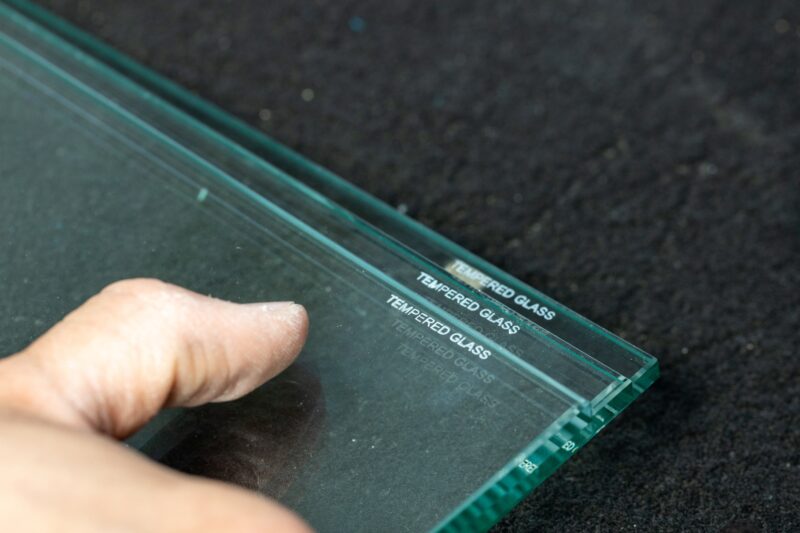
What Is Laminated Glass?
Laminated glass, another form of safety glass, is often mistaken for toughened glass, but it’s constructed differently and behaves very differently when broken.
One of the most common uses for laminated glass is in car windscreens. If you’ve ever had a cracked windscreen, you might have noticed that it stays in place rather than shattering or falling apart. This is because laminated glass is made by bonding two sheets of standard glass together with a thin, clear plastic interlayer called polyvinyl butyral (PB). This interlayer holds the glass together even when it breaks, keeping it intact until it’s replaced.
A standard piece of laminated glass consists of two 3mm glass sheets with a 0.4mm PB interlayer, giving a total thickness of 6.4mm. Unlike toughened glass, which usually appears on both sides of a double-glazed unit, laminated glass is typically used on the outer pane for added security.
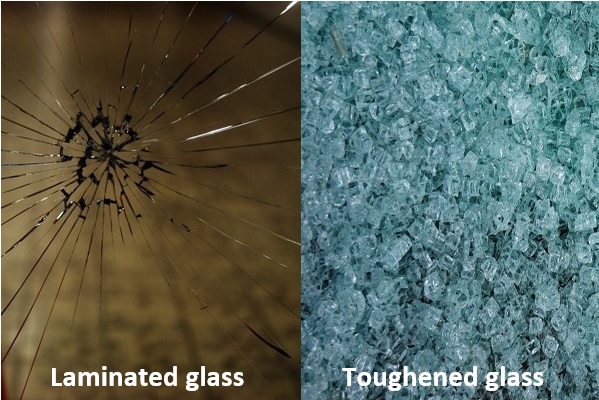
What Are The Main Differences Between Toughened And Laminated glass?
- Toughened glass, when broken, shatters into many small fragments that fall away, minimising the risk of cuts or injury.
- Laminated glass, when broken, remains in one piece due to the PB interlayer, reducing the risk of falling shards.
- Toughened glass is around four times stronger than standard glass, offering strength and resistance to impacts. However, once shattered, it creates an opening that intruders could exploit.
- Laminated glass is not as strong as toughened glass, but its interlayer prevents it from collapsing, making it a better option for security.
- Laminated glass is often specified in frames that comply with the Secured by Design (SBD) scheme. In these cases, the interlayer thickness is increased to 0.8mm, resulting in a 6.8mm total thickness.
- Laminated glass provides better UV protection, reducing the fading of carpets and furnishings.
- Laminated glass also offers superior acoustic insulation, as the interlayer and varying thicknesses disrupt sound waves.
- Toughened glass is generally more cost-effective than laminated glass, making it a popular choice when safety and budget are both priorities.
Toughened Glass Versus Laminated Glass, Which Is Better?
As detailed above, there are some major differences between toughened and laminated glass, and therefore, there is no definitive answer. It is important to understand what your requirements are for the glass and possibly what location you plan to use it in.
For example, if safety is your major concern, toughened glass can be the most cost effective solution. If your main priority is security, laminated glass would be the best option, but it will cost more.
It is possible to combine toughened and laminated glass in the same double-glazed unit. Typically, the outside pane is laminated glass and the inside pane is toughened glass. This would give you the best of both worlds as you would get a very secure external pane which would make it difficult for intruders to break through, while having a cost effecting safety glass on the inside.
Toughened glass is often the first consideration for strength, breakage resistance and value. Laminated glass is often the product of choice for security, UV resistance, and sound considerations. Ultimately a lot of the time the choice between toughened and laminated glass is down to personal preference and budgetary restraints.
Glass and Glazing Lincolnshire
If you’d like to discuss your requirements for safety glass or get more information on toughened glass, we are more than happy to offer our advice and expertise. For a free, no-obligation quote for windows, doors or a conservatory in Lincolnshire and Nottinghamshire, you can call us on 01522 512 020 or visit our Lincoln showroom, which is open 7 days a week. Alternatively, get a free online quote from the comfort of your home. Starglaze Home Improvements offers a wide range of uPVC and aluminium windows, doors and conservatories.


